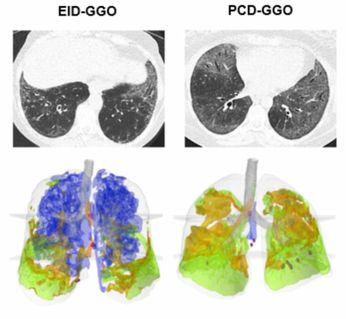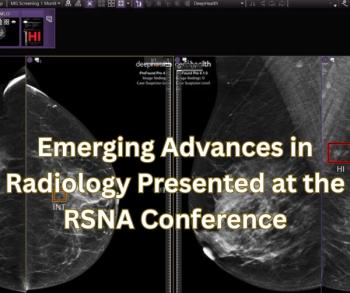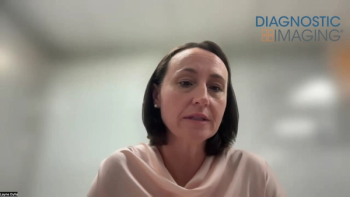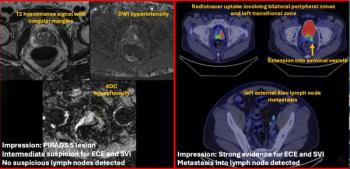New research suggests that after experiencing a practice closure, radiologists with more experience, those from larger practices and radiologists from multispecialty practices were significantly more likely to have a subspecialty focus the following year.
For the study, recently published in the Journal of the American College of Radiology, researchers reviewed radiologist data from the Centers for Medicare and Medicaid Services (CMS) from 2014 to 2022. Out of the 238,725 radiologist years reviewed, the study authors noted that 5.2 percent were associated with a practice closure.
The researchers found that radiologists who had a practice closure were 10 percent more likely to practice subspecialty radiology the following year.
Multivariable analysis revealed that radiologists with 35 or more years of practice were 77 percent more likely to become subspecialists after practice closure, according to the study authors. Radiologists from larger practice (over 80 clinicians) closures were 70 percent more likely to emerge as subsequent subspecialists in comparison to those from smaller practices (20-39 clinicians).
The researchers also found that radiologists from closed multispecialty practices were 14 percent more likely to be subspecialists the following year while those from radiology majority practices and radiology-only practices were 14 percent and 29 percent less likely, respectively, to have subspecialty focus the following year.
“Given ongoing consolidation trends, and our observation of greater subspecialization among radiologists in larger and multispecialty practices, the results of our study suggest that consolidation in radiology is a factor contributing to greater subspecialization of the workforce,” wrote lead study author Eric W. Christensen, Ph.D., the director of economic and health services research for the Harvey L. Neiman Policy Institute in Reston, Virg., and colleagues.
Three Key Takeaways
- Practice closures are linked to increased subspecialization. Radiologists who experienced a practice closure were 10 percent more likely to practice subspecialty radiology the following year.
- Experience and practice type influence subspecialization. Radiologists with ≥35 years of experience and those from large or multispecialty practices were significantly more likely to transition into subspecialty roles after closure.
- Rural radiologists remain more generalist. Radiologists with rural practice locations were 29 percent less likely to become subspecialists following a closure, reflecting workforce and population-base constraints on subspecialization.
The study authors noted that radiologists with at least one rural practice location were 29 percent less likely to become subspecialists a year after practice closure.
“The trend of increased subspecialization necessarily requires a large population base and larger practice to facilitate it. Such trends may sort generalist radiologists to rural areas with teleradiology providing some access to subspecialists in these areas,” added Christensen and colleagues.
(Editor’s note: For related content, see “Radiology Workforce Study Finds Greater Attrition of Women, Subspecialists and Non-Academic Radiologists Over Eight-Year Period,” “Forecasting Supply and Demand in Radiology in 2025” and “Four Strategies to Address the Tipping Point in Radiology.”)
In regard to study limitations, the researchers acknowledged a lack of distinction in the data as to whether a practice closure was due to a merger or acquisition. The study authors also noted that yearly fluctuations with imaging workload may occur with respect to the definition of what constitutes a subspecialist. There was also no specific assessment of the impact of practice closure on different subspecialties in radiology, according to the researchers.





























